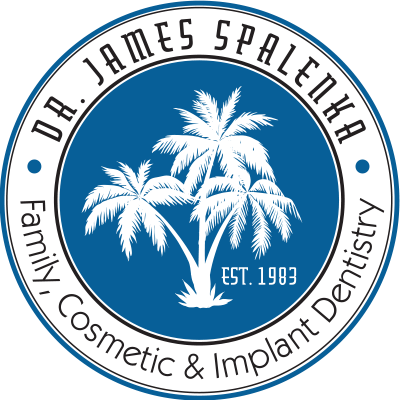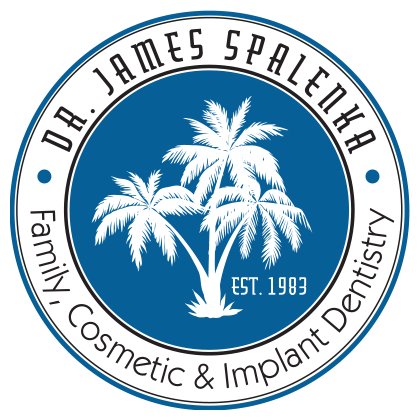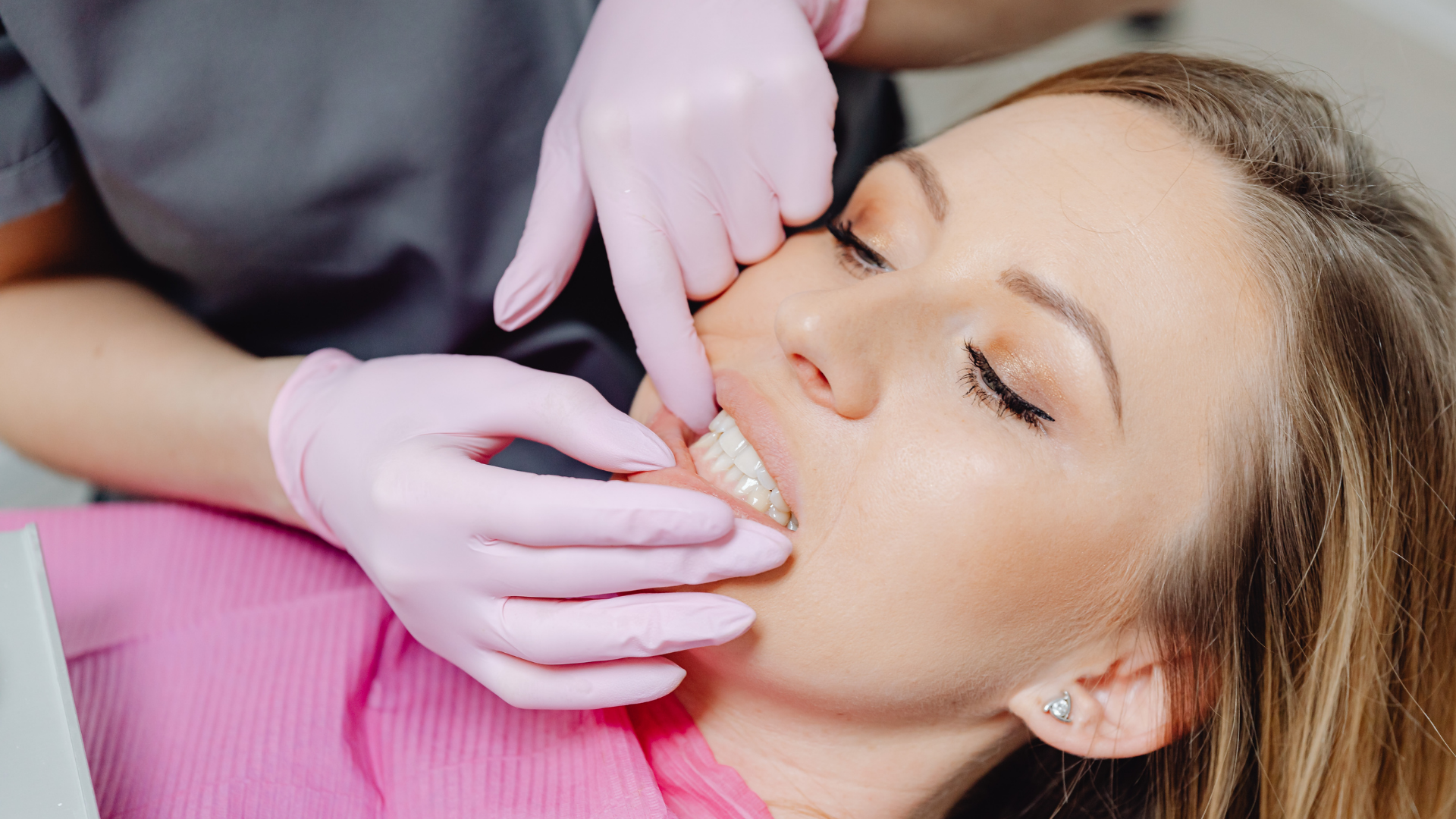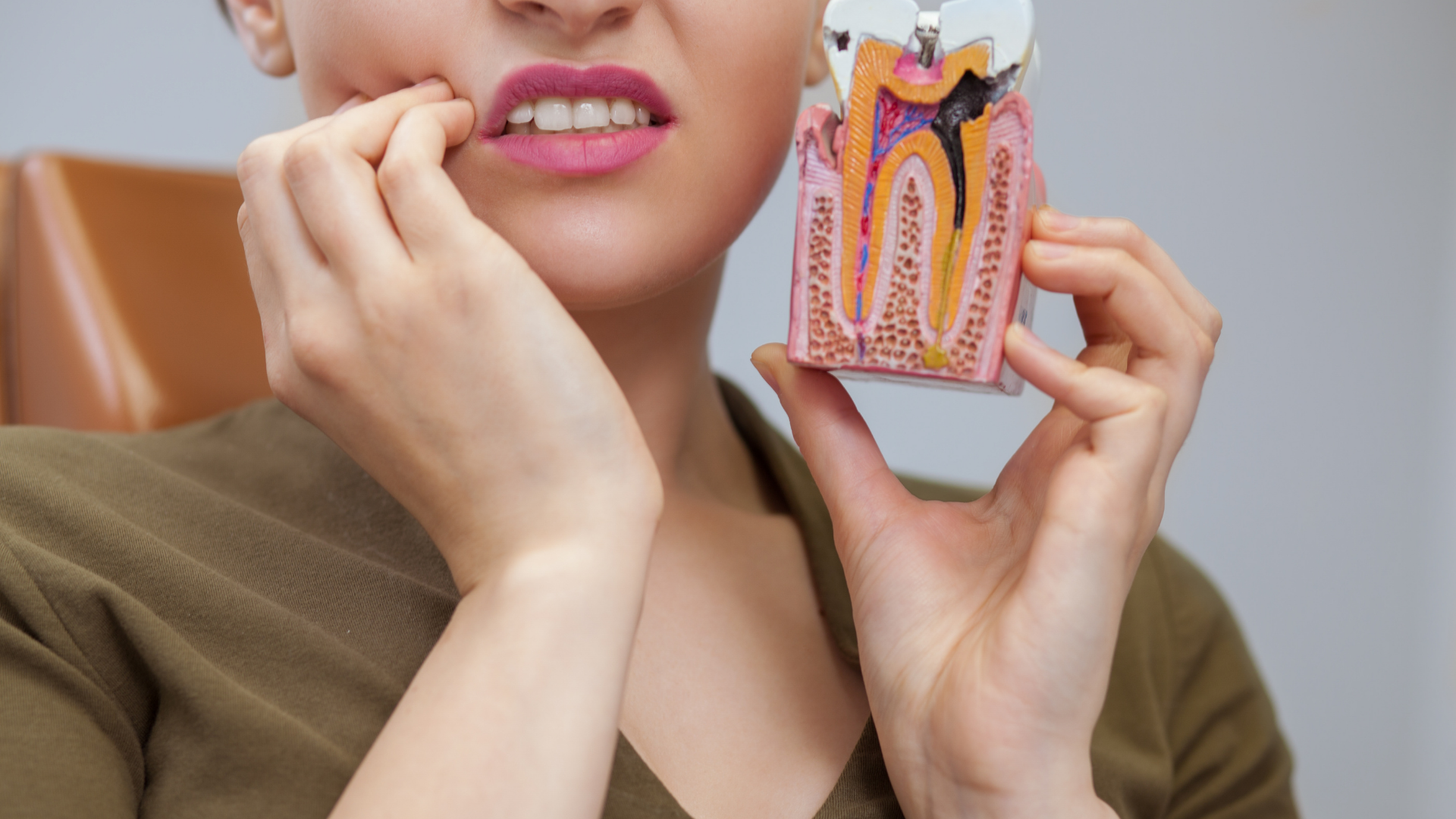What Are The Basic Steps To Handle Dental Emergency?
Whether you have a chipped tooth, lost filling, knocked out an entire tooth, or are experiencing severe pain, it is important to know how to manage these situations. You can minimize damage before seeking appropriate treatment from your San Diego dentist.
Read on for an overview of the fundamental steps for handling seven common dental emergencies, from identifying the issue to finding appropriate care.
1) Knocked-out Tooth
A knocked-out tooth can occur due to different types of trauma, such as sports involving physical contact, falls, and car accidents. In some cases, dental diseases such as periodontal disease or advanced caries (decay and crumbling of teeth) can also lead to tooth avulsion. When a tooth is knocked out, it is important to try and handle the situation before seeking professional help from a dentist.
The tooth should be handled delicately and rinsed with water or milk (if possible) before rushing to a dentist. You should not scrub the tooth as this could damage the root structure and further reduce the likelihood of successful restoration.
2) Chipped Tooth
The causes of chipped teeth can range from accidental trauma to severe dental decay. The most common cause is trauma from biting on hard objects, such as a piece of ice or an unpopped popcorn kernel. It's weird, but people do it! Other contributing factors include bruxism (tooth grinding) and periodontal disease.
Depending on the severity of the chip, one may experience varying levels of sensitivity and discomfort. Changing your dietary habits by limiting food consumption to soft materials will mitigate the risks associated with further damage before visiting a dentist.
3) Unbearable Gum Pain
Gum pain is often caused by periodontal disease, an inflammatory condition of the supporting structures of the teeth caused by a bacterial infection. It can range from mild to harsh and be localized or spread over a wide area. Left untreated, it can lead to irreversible destruction of the gum tissues and even tooth loss. Poor oral hygiene, an unhealthy lifestyle, irritation caused by dental appliances, excessive smoking, dietary factors, and genetics are all potential risk factors for periodontal disease.
To mitigate the acute symptoms of gum pain before seeking dental care, try non-pharmacological and pharmacological measures. Non-pharmacological treatment options may include the application of ice packs to the affected area. The latter includes anti-inflammatory drugs such as ibuprofen, which can help reduce inflammation and associated discomfort.
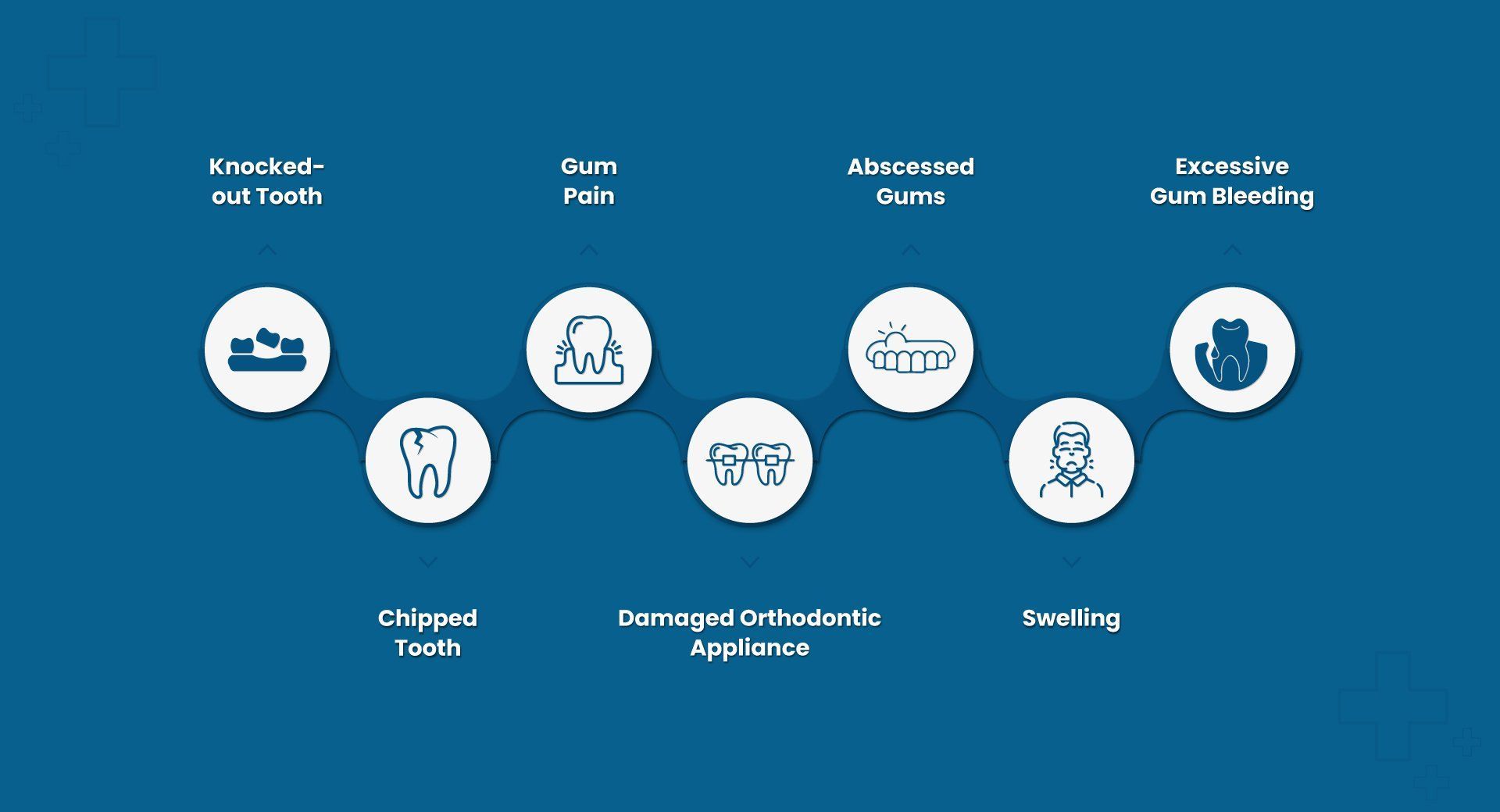
4) Damaged Orthodontic Appliance
Your orthodontic appliance may become damaged due to poor oral hygiene, tooth decay, trauma from eating hard or crunchy foods, or incorrect use and care of the appliance.
Depending on the damage, you should take appropriate measures to prevent further damage before visiting a dental professional. For example, suppose an archwire is bent or broken due to mechanical forces. In that case, it may be temporarily fixed with a pencil eraser or cotton swab. It is advisable to assess and frequently monitor the appliance for any deterioration, such as loose brackets, broken archwires, or bands.
5) Abscessed Gums
A gingival abscess is a common dental problem, typically resulting from an accumulation of bacteria on your gum surface, leading to inflammation and infection. Poor oral hygiene is the most common culprit of gingival abscess, as inadequate brushing and flossing can allow plaque to accumulate and become a hotbed for bacterial growth. To alleviate the discomfort before visiting your San Diego dentist, it is important to practice good oral hygiene by brushing and flossing daily and rinsing with an antiseptic solution.
6) Swelling
Gingival enlargement, or swelling of the gums, is a common oral health issue attributed to many causes, including periodontal disease, systemic illness, or inadequate oral hygiene. But the condition is also caused by other lesser-known factors such as stress, hormonal changes (especially in menstruating women), and nutritional deficiencies.
Some home remedies may involve dietary modifications such as avoiding acidic foods, reducing sugar intake, and increasing water consumption. You can also try flossing with an antimicrobial mouthwash to reduce bacterial activity and ensure adequate vitamin and mineral intake.
7) Excessive Gum Bleeding
Bleeding may have many causes, but the most common include bacterial infection, poor oral hygiene practices, vitamin deficiency, and periodontal disease. It may also be due to trauma or local irritants such as an ill-fit periodontal appliance. People who have an over-aggressive brushing habit are also prone to gum bleeding.
One can significantly reduce gum inflammation by 'careful' use of natural agents such as chamomile tea, baking soda, and hydrogen peroxide. Also, consuming foods rich in Vitamin C can help achieve healthier gums and improved oral health. If you are a fan of homeopathic treatments, you can use topical agents such as tea tree oil and herbs.
Wrap-up
Now that you have learned about common dental emergencies, it is paramount to be prepared with the right tools and knowledge to handle such a situation. Avoiding further damage with a prompt visit to the
dental experts
is always recommended.
